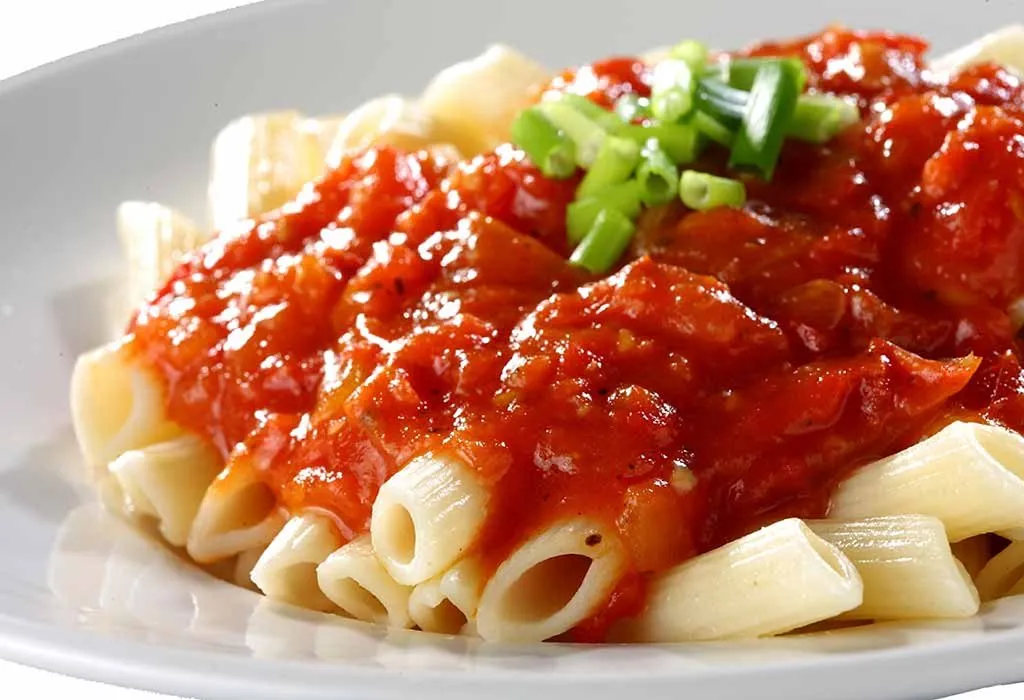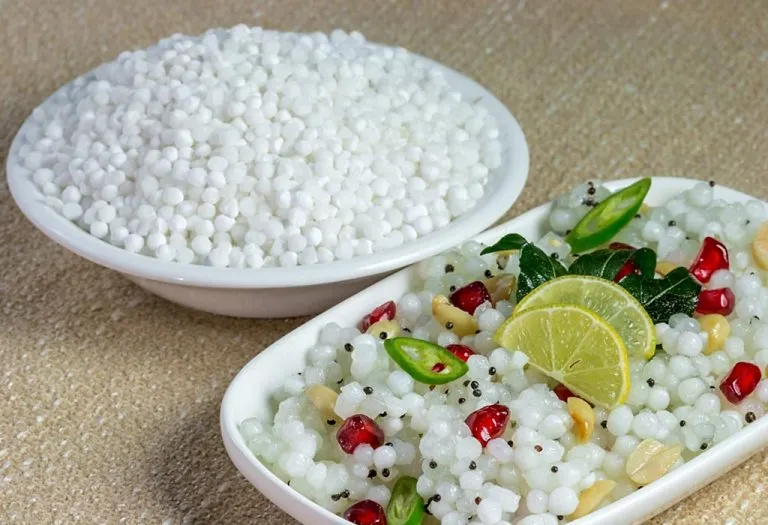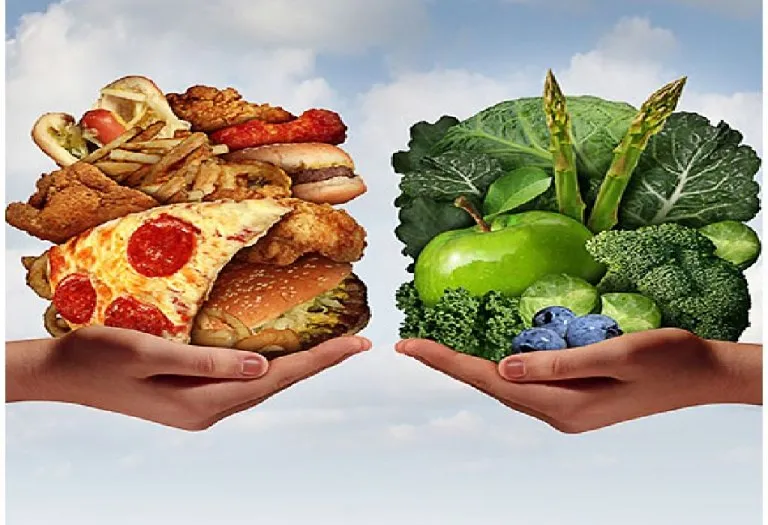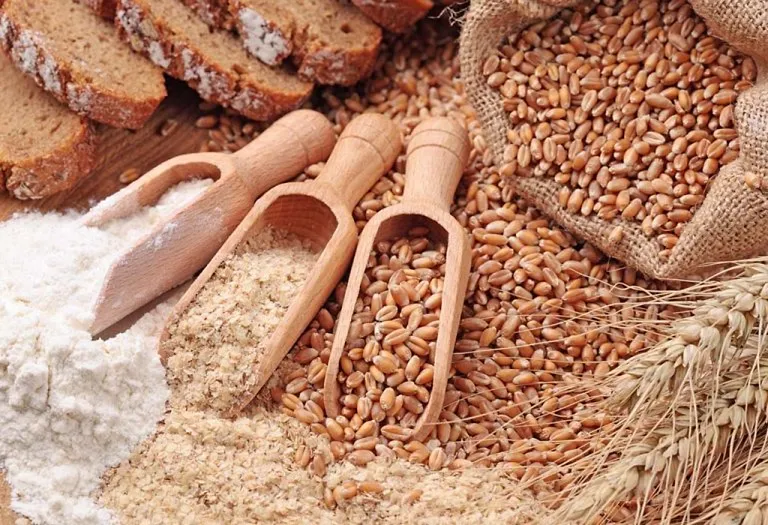10 Month Old Feeding Schedule, Recipes, and Tips

“A person’s a person, no matter how small.” – Dr. Seuss. Your baby has reached a new milestone, the double-digit 10th month! You will see development in his motor skills. The little one would be enjoying his newfound freedom by crawling all around the house, walking with the support of furniture, and exploring things.
With this growth comes the changes in food habits. Breastfeeding needs to continue as long as the baby and mother are comfortable. It will continue to provide much-needed nutrition to the baby. The solid food intake will consistently increase, and the baby is eager to put everything in his mouth. So, what to feed a 10-month-old baby? To learn everything about the 10-month-old feeding schedule, continue reading the article.
What to Feed a 10-Month-Old?
A variety of fruits, vegetables, grains, pulses, cereals, milk products, lean meat, and more are the ideal foods to feed a 10-month-old baby. By now, the baby would have developed a minimum of 4 front teeth, making it easy for him to bite food. However, the consistency will still have to be soft, as chewing is difficult at this age. The NHS suggests feeding three meals a day, along with milk feeds, by 10 months of age (1). This is the time to introduce your baby to different textures and tastes with a variety of finger foods and bigger chunks of soft food.
Fruits and Vegetables (2)
- Fruits like bananas, poached pears, oranges, melons, avocado, strawberries
- Carrots, sweet potatoes, peas, beetroot, cauliflower, broccoli
- Leaves like spinach
- Soups made from mixed vegetables
- Juices extracted from fresh fruits
Non-Vegetarian Options
- Lean meat like beef, chicken, fish, lamb, turkey, bacon
- Mashed eggs or omelettes (watch out for allergic reactions)
Other Food Items
- Grains
- Pasta
- Cereals
- Pulses
- Lentils
- Protein sources like tofu, paneer, and curd
- Crackers
How Much Milk Is Enough for a 10-Month-Old?
Mother’s milk continues to remain a major source of nutrition for the baby. It also fosters bonding between the mother and the child. Continue to follow a healthy breastfeeding schedule with 3 to 4 nursing sessions spread across the day. You can breastfeed or bottle-feed 6 to 8 ounces of formula every 406 hours or at your and baby’s convenience (3).

10-Month-Old Feeding Schedule
Babies should be encouraged to try new foods. In the feeding schedule for a 10-month-old baby, include a healthy balance of vegetables and fruits and cover all the food groups for complete nutrition and wholesome meals. A good feeding schedule should consist of three major meals and two healthy snacks. It may take time to understand how much a 10-month-old should eat. A proper diet chart will help you chalk out an outline to fix a healthy feeding schedule. A sample meal plan is shared below for parents to follow:
| Food Items | Quantity | |
| Breakfast | Fortified cereal | 2-4 spoons |
| Fruit or vegetable | 1 serving | |
| Breast milk or formula | 6 – 8 ounces | |
| Morning snack | Bread or crackers | 1 – 2 slices |
| Yoghurt, cheese, or mashed egg | 1 or half serving | |
| Lunch | Chicken or protein source | 1-2 spoons |
| Vegetable | 1 serving | |
| Fruit juice or soup | half cup | |
| Evening snack | Fruit, vegetable or milkshake | 1 serving |
| Dinner | Bread, grains, rice, noodles, or pasta | 1 serving |
| Protein sources like tofu, lentils, paneer | 1 serving | |
| Vegetable | 1 serving | |
| Before bed | Breast milk or formula | 1 serving |
Start and end the day with nursing for healthy bonding and added nutrition for the baby, and then you can follow the above feeding plan for a 10-month-old baby.
Foods to Avoid for a 10-Month-Old Infant
The baby is still growing, and his digestive system takes time to develop. Along with remembering the 10-month-old feeding routine, you must also remember certain food items that should be avoided, such as (4):
- Whole fruits and vegetables, or bigger pieces of the same. Chop them into bite-sized portions.
- Hard-to-chew food.
- Meat that is still on bones. Clean and shred it before serving.
- Nuts and seeds that can cause allergies.
- Cow milk, as it is difficult to digest.
- Honey, as it can cause botulism.
- Eggs and shellfish, as they can cause allergies.
- Gum, hard candies, popcorn.
- Food with choking hazards.
- Junk and processed foods
- Salt and sugar
- Crisps, cakes, sodas, cookies, and candy
Baby Food Recipes for a 10-Month-Old Baby
Here are some baby food recipes for a ten-month-old infant. It includes ideas for healthy snacks, wholesome lunches, and delicious dinners.
1. Grilled Cheese and Spinach Sandwich
Ingredients
- 2 slices of wholegrain bread
- Butter
- Cheese slice
- Spinach, blanched and pureed

How to Prepare
- Cut the sides of the bread.
- Spread butter.
- Spread spinach puree.
- Add a slice of cheese.
- Grill and serve.
2. Cheesy Peas-y Delight
Ingredients
- 1 cup peas, steamed
- Half a cup of cheese, tiny bits
- Seasoning
How to Prepare
- Mix cheese and peas in a bowl.
- Season with little salt and oregano.
- Serve as finger food.
3. Creamy Rice Pudding
Ingredients
- 1 cup of rice
- 2.5 cup milk
- Pinch of cardamom powder
- Tiny bits of sweet fruits, like strawberries or bananas
How to Prepare
- Wash rice till water runs clean.
- Pressure cook rice with milk.
- Mash with the back of the ladle for a grainy consistency.
- Add sugar and cardamom for taste.
- Garnish with fruit bites.
4. Pasta In Fresh Tomato Sauce
Ingredients
- Half cup boiled pasta
- 2 tomatoes, blanched and pureed
- Half cup cheese
- Seasoning
- Basil leaves

How to Prepare
- Heat butter in a saucepan.
- Add tomato puree and cook for a while.
- Adjust seasoning.
- Add boiled pasta.
- Add cheese and allow it to melt.
- Garnish with basil leaves and serve.
Be creative with food ideas, and experiment with taste, texture, and consistency. Introduce new foods in the baby’s diet at regular intervals.
Feeding Tips for Parents
Encourage babies to try new food. Offer finger food to encourage self-feeding. This can get pretty messy, and you will have more food on the floor and the baby than in the mouth! However, this is important to develop hand-eye coordination and help the baby become independent. The baby will be spending lots of calories running around, so a well-planned feeding guide is needed to ensure all the nutrition is present for healthy growth and development.
Here are some essential feeding tips for parents to breeze through the parenting journey with their 10-month-old kiddos (5):
- Try to cook baby food from the same ingredients you are using for the rest of the family. The baby is likely to want to try what you are eating. This will help you in the long run.
- Experiment with different tastes and textures. Add a lot of colourful vegetables and fruits to the baby’s diet.
- Serve bite-sized finger food, and chop the portions small enough for the baby to pick with his hands and eat.
- The baby has passed the stage of mashed and pureed food and can now eat soft chunks. Encourage him to chew on vegetable sticks. This will exercise his gums and promote pain-free teething.
- Keep salt and sugar to the minimum in your baby’s food.
- Sit together with the baby at the family table during mealtimes. Invest in a high chair to make mealtimes comfortable and happier.
- Do not force-feed the baby. Let mealtimes be happy and positive for everyone.
- If your little one refuses to eat a new food, don’t force it. Try again after some days. You can either add breastmilk to the food they refused earlier or mix it with another food item and try it again.
FAQs
1. Is breastfeeding a 10-month-old baby essential?
WHO suggests breastfeeding exclusively for the first six months of life and continuing it for the next two years and beyond (6). As babies get older and go through the weaning stage, breastfeeding at regular intervals while they transition helps keep their digestive tract healthy and comfortable without overburdening it with new solid foods. Plus, a 10-month-old baby is still quite young and requires loads of antibodies to stay protected against vulnerable illnesses, for which breast milk is a rich source. You can structure your little one’s meals and breastfeed around the schedule for a comfortable transition.
2. What are the weaning signs of a 10-month-old baby?
If your baby is able to sit in a high chair comfortably, has good head control, looks at other people’s food with a newfound interest, moves the food to the back of the throat and does not spit it out, then your little peanut is ready for the process of the weaning (7).
3. How much should I feed my 10-month-old baby?
Babies can be picky; that’s normal. If you also have a fussy eater at home, try something new if you have been feeding the same thing to them for a few days. If they are on milk too much, they won’t feel hungry and will not eat food meant for the weaning process. Thus, make sure you don’t allow more than 3-4 milk feeds in a day, either breast milk or formula. In the case of bottle feeding, babies tend to overfeed. If, after the bottle feed, your little one is reluctant to eat food, give them some time; it could be that they overfed on formula milk. Do not overfeed or force-feed; look for hunger signs and feed accordingly (8).
Every correct choice you make at this stage will develop healthy food habits in your baby. A small start will lead to a balanced diet and a healthy lifestyle!
References/Resources:
2. American Academy of Pediatrics – Sample Menu for a Baby 8 to 12 Months Old
3. UC Davis Children’s Hospital – The First 12 Months: What and When to Feed Your Baby
4. Nemours KidsHealth – Feeding Your 8- to 12-Month-Old
5. UNICEF – Feeding your baby: 6–12 months
6. WHO – Infant and young child feeding
7. Cleveland Clinic – Feeding Your Baby: The First Year
8. American Academy of Pediatrics – How Often and How Much Should Your Baby Eat?
Also Read:
7 Month Old Feeding Schedule
8 Month Old Feeding Schedule
9 Month Old Baby Feeding Schedule
11 Month Old Baby Feeding Schedule
Was This Article Helpful?
Parenting is a huge responsibility, for you as a caregiver, but also for us as a parenting content platform. We understand that and take our responsibility of creating credible content seriously. FirstCry Parenting articles are written and published only after extensive research using factually sound references to deliver quality content that is accurate, validated by experts, and completely reliable. To understand how we go about creating content that is credible, read our editorial policy here.























